Shagreen or “galuchat” in French is a texturally rich and visually intriguing material that derives from the stingray fish. Shagreen was commonly known to be made from sharkskin. In fact both sharkskin and stingray were used in the past. The key difference between the two is that sharkskin has a tiny diamond pattern while stingrays have beads of enamel with a larger central bead.

Shagreen skins in their raw state are prepared in Alexander Lamont's workshops
In Alexander Lamont’s workshops only stingray skins from the common species dasyatis bleekeri are used. Skins are obtained from stingrays fished in the coastal waters of Southeast Asia as a by-product of the fish meat industry. While the stingrays are a staple foodstuff in Indonesia, Malaysia and Thailand, the skins are inedible and are discarded except at ports where their careful preservation is organized.
We only use raw skins and do not use skins that have undergone any form of chromium tanning which is unpleasant and polluting. In addition we reduce wastage by developing new finishes such as the parallel lines design, that use every inch of each of these precious skins.
Tools of the trade: after processing by hand to remove all traces of cartilage, sand smooth the skins and dye to the desired colour, Shagreen skins are applied to an array of furniture, lighting elements, tabletop accessories or as in this picture to tiles to be used as decorative wall panels.
Shagreen was originally used by the Japanese to decorate armor and weaponry. Later, Europeans used the strong lustrous skin for precious boxes and scientific instruments. Most famously, during the Art Deco period, modernist decorators such as Jean Michel Frank, Andre Groult and Clement Rousseau applied stingray skin to their furniture and lighting collections. These decorators have hugely influenced Alexander’s love of this material.

The authoratative work on shagreen by Jean Perfettini
One piece in particular that Alexander admires is the Chiffoniere Anthropomorphe by Andre Groult which is displayed in the Musee des Arts Decoratifs in Paris. Alexander visits this cabinet whenever he is in Paris. It sits beside a window and is smaller than one expects. Groult made two cabinets - a male version and this more curvaceous female one. Such a ‘boule’ cabinet is an extremely difficult work of cabinet making. The shagreen has been beautifully arranged to follow the plump belly and chest of the piece. To Alexander this is the greatest work in shagreen ever made as it is a functional piece of furniture that also emphatically uses the nature of the material to deliver a texture and pattern that manages to depict the grace of the human form.

Masterpiece in Shagreen by Andre Groult in the Musee des Arts Decoratifs in Paris
The decorator most famous for brining Shagreen to light as a decorative material is Jean-Michel Frank. Read our blogpost about the designer here: A vision of Jean-Michel Frank | Alexander Lamont. Jean-Michel Frank used Shagreen on furniture, lighting and accessories. Although it had been used in complex decorative, scientific and military works from the 15th century in Asia and 18th and 19th centuries in Europe, he saw its beauty in broad oblongs of ivory or chocolate tones – the subtle natural variations bringing a sense of rawness coupled with luxury when applied to simple structures. His use of the material can be seen in this elegant but structured square chair in natural ivory shagreen and green velvet.

The iconic Shagreen Chair by Jean-Michel Frank
Using raw skins is a mysterious process that took our workshop almost ten years to perfect. Alexander Lamont and a small team of artisans originally received training in the art deco technique for using raw skins from the world expert on shagreen, Jean Perfettini. A restoration expert at the Musee des Arts Decoratifs in Paris, Jean trained our shagreen workshop in the painstaking techniques for thinning, cleaning, dyeing, cutting, adhering and finishing the raw skins to achieve a surface that has been described as ‘a million beads of ivory’.
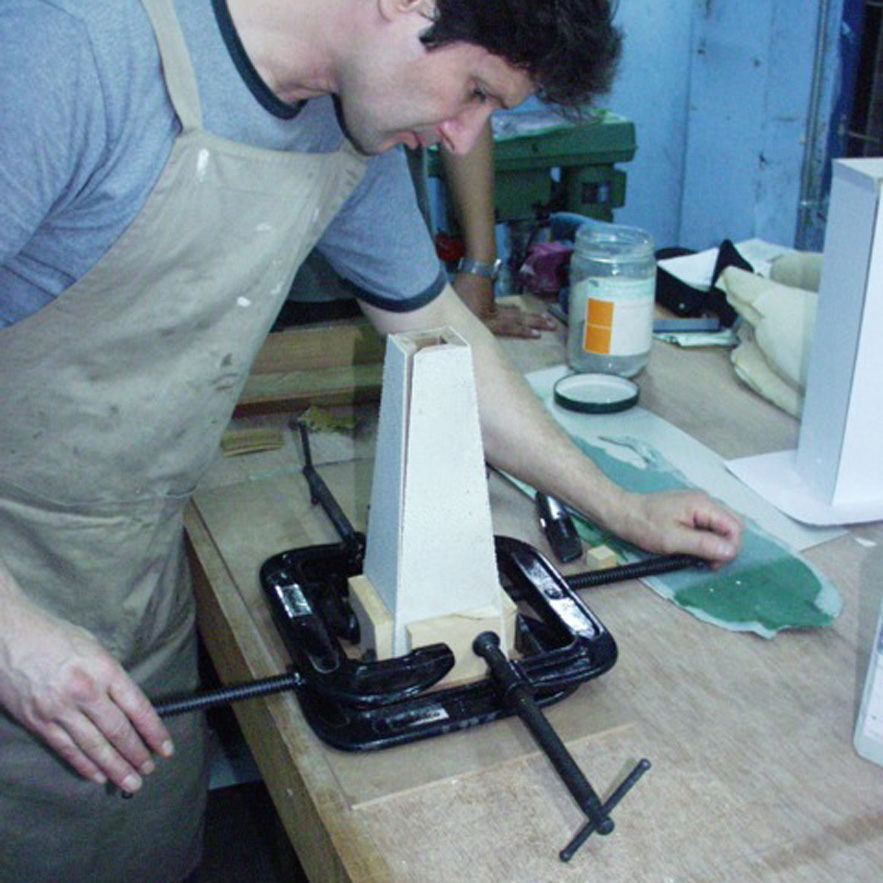
Jean Perfettini at work in Alexander Lamont's workshops
Today we make furniture, lighting, wall panels and accessories using this fabled material. We are aware of all of the faux versions of the material that are available on the market. These are generally made from polyesters and vinyls which are all derivatives of the oil and plastics industry. Not only is their manufacture process hugely polluting but they also degrade creating toxicity in our living environments while taking centuries to bio-degrade once discarded. They therefore leave a far greater footprint on the planet than natural skins. From a design point of view no faux material can ever compare to the luxurious textural beauty and depth of natural shagreen.

Copan Credenza in natural Shagreen designed by Antonio da Motta for Alexander Lamont

The cool, tactile luxe of natural Shagreen. Clockwise from top left: Forge Coffee Table, Facet Console, Volta Mirror and Cannister Table Lamp all by Alexander Lamont.
Our hard-won mastery of the traditional technique ensures that the durability of our products is greater, the finish more tactile and the myriad natural tones far more beautiful than those of faux or pre-dyed chromium-tanned skins, which are more commonly found in use today. While honouring the art deco technique, we have found new, innovative signature techniques for finishing and applying shagreen giving a new character to this rare material.
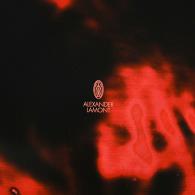
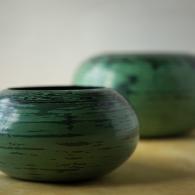
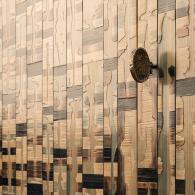
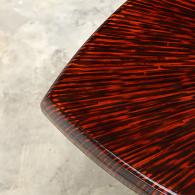
Add new comment